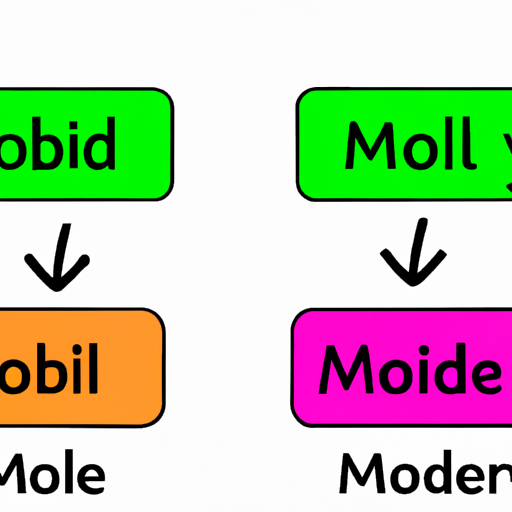
Modal verbs are an important aspect of the English language, yet many students struggle to fully grasp their meaning and usage. As an ESL teacher, it is crucial to employ effective teaching techniques to help students make sense of modal verbs. In this article, we will explore some essential techniques that can assist both teachers and students in understanding and using modal verbs with confidence.
To begin with, it is vital to provide a clear definition of modal verbs. Modal verbs are a specific category of auxiliary verbs that express different degrees of necessity, possibility, ability, permission, and obligation. Examples of common modal verbs include can, could, may, might, will, would, shall, should, must, and ought to. Understanding the meanings and functions of modal verbs is essential before diving into their usage.
One effective teaching technique is to present modal verbs in context. Simply providing a list of modal verbs and their meanings can be overwhelming for students. Instead, incorporate modal verbs into meaningful sentences or conversations. For instance, use real-life situations to demonstrate how modal verbs are used to express ability or permission. This approach allows students to see modal verbs in action and understand their relevance in daily communication.
To further enhance understanding, visual aids can be employed. Creating posters or flashcards with modal verbs and their meanings can be helpful for visual learners. Additionally, using infographics or diagrams to highlight the different functions of modal verbs can aid in comprehension. Visual aids provide a visual representation of the information, making it easier for students to remember and apply the concepts of modal verbs.
Another effective technique is to emphasize the importance of context when using modal verbs. Modal verbs can have different meanings depending on the context in which they are used. For example, while “must” typically expresses necessity, in certain contexts, it can also indicate obligation or a strong suggestion. Discussing these nuances and giving students ample practice in discerning appropriate contexts will enable them to use modal verbs accurately.
Incorporating authentic materials is also beneficial in teaching modal verbs. Using newspaper articles, podcasts, or videos that contain modal verbs can expose students to real-life usage and varied contexts. This exposes students to the diverse ways in which modal verbs are employed and helps them understand their usage beyond the confines of the classroom.
Furthermore, engaging students in interactive activities can make learning modal verbs more enjoyable and effective. Role-plays, debates, and problem-solving tasks can provide opportunities for students to actively use and practice modal verbs. For instance, dividing students into groups and assigning them different scenarios that require the use of specific modal verbs can promote both speaking and critical thinking skills.
Providing ample opportunities for practice is crucial in helping students internalize the usage of modal verbs. Incorporate regular exercises, quizzes, and worksheets that focus on different aspects of modal verbs, such as forming questions or using modal verbs with different tenses. This consistent practice will reinforce their understanding and usage of modal verbs.
Lastly, individualized feedback is essential for students to improve their grasp of modal verbs. Providing specific feedback on their usage, highlighting errors, and suggesting alternatives will help students identify and correct their mistakes. Regular feedback sessions also foster a supportive and encouraging learning environment, motivating students to continue their efforts in mastering modal verbs.
In conclusion, teaching modal verbs requires employing various effective techniques that cater to different learning styles and abilities. Utilizing context, visual aids, authentic materials, interactive activities, and providing regular opportunities for practice and individualized feedback are essential in helping students make sense of modal verbs. By utilizing these techniques, ESL teachers can empower their students to confidently navigate the complexities of modal verbs in English communication.


















